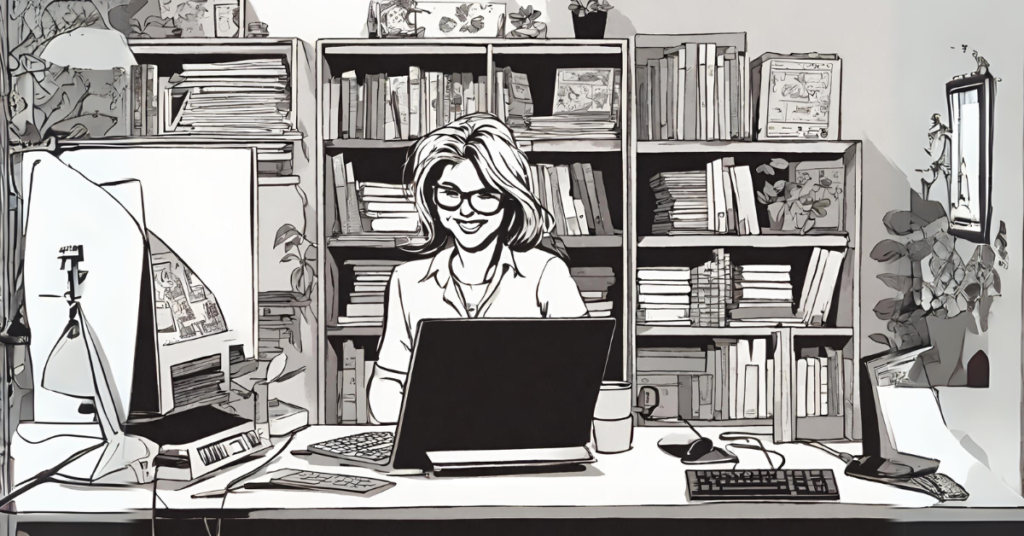Designing Eye-Catching Book Covers: Captivating Your Audience from the Start
Designing eye-catching book covers is an integral aspect of an author’s journey, capturing readers’ attention and enticing them to explore the book further.
Crafting visually stunning book covers is an essential aspect of the publishing process, especially in today’s highly competitive market. To stand out from the crowd, it is crucial to understand the significance of book cover design and the techniques used to create captivating visuals that catch the eye of potential readers.
From color schemes and font choices to imagery and layout, every element of a book cover plays a vital role in conveying the tone, genre, and overall message of the book.
Publishing professionals must carefully consider each of these elements to create a visually stunning book cover that will attract readers and make a lasting impression. Here are seven strategic approaches to creating book covers that resonate with readers.
Table of Contents
Why Designing Eye-Catching Book Covers is Important?
Understanding Visual Psychology
Embracing Color Psychology
Harness the psychological impact of colors on human perception. Choose colors that evoke emotions and align with the book’s theme and genre.
Typography and Font Selection
Select fonts that complement the book’s genre and theme. The typography should be clear, legible, and resonate with the book’s tone.
Captivating Design Elements
Striking Imagery and Graphics
Incorporate compelling and relevant imagery or graphics that convey the essence of the book’s story or theme. Visual elements should intrigue and captivate.
Simplicity and Clarity
Maintain a balance between creativity and simplicity. A clutter-free design with a clear focal point enhances readability and visual appeal.
Market Relevance and Audience Appeal
Researching Market Trends
Study current design trends within your book’s genre. Incorporate elements that resonate with your target audience while standing out in the market.
A/B Testing and Feedback
Conduct A/B testing with multiple cover designs to gauge audience preferences. Solicit feedback from beta readers or focus groups for valuable insights.
Professional Collaboration and Iteration
Collaboration with Design Professionals
Partner with professional designers experienced in book cover design. Collaboration often leads to innovative and polished cover designs.

FAQs
Why is color psychology crucial in book cover design?
Colors evoke emotions and associations, influencing readers’ perceptions and attracting their attention to the book.
How does simplicity contribute to an eye-catching book cover?
Simplicity ensures clarity and focus, enabling the cover to communicate effectively and stand out amidst other books.
Why is A/B testing important in designing book covers?
A/B testing provides valuable insights into audience preferences, guiding authors to choose the most appealing cover design.
When it comes to creating book covers that grab attention, there are several key factors to consider. One of the most important is visual psychology, which involves understanding how the human brain processes and responds to different visual stimuli.
A great book cover also needs to incorporate captivating design elements that draw the eye and convey a sense of intrigue or excitement about the content within.
Another crucial consideration is market relevance, as a cover that is well-suited to the intended audience and genre can make all the difference in terms of book sales.
Finally, professional collaboration between authors, designers, and other experts is essential to ensure that the finished product is polished, effective, and visually stunning.
By implementing these seven strategies, authors can craft visually compelling book covers that entice readers, enhance their book’s appeal, and increase their chances of standing out in a crowded market.





